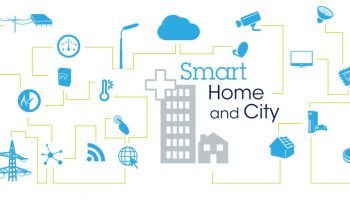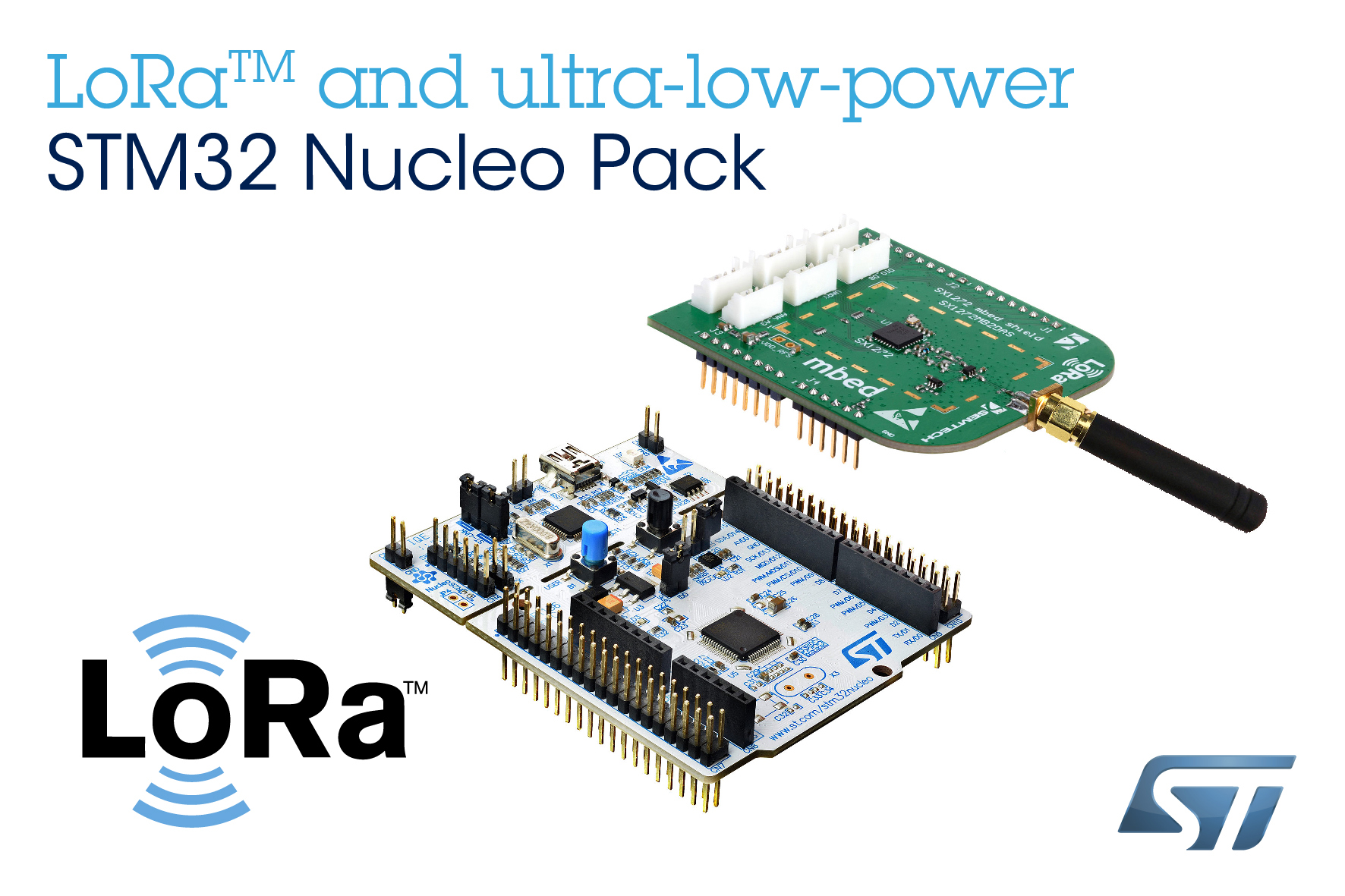Amsterdam is known internationally as a charming city of canals, pastry shops, and Van Goghs. But thanks to its early adoption of a new networking standard, it may also soon be known as a test bed for a breakthrough technology that will extend Internet connectivity beyond computers and mobile phones, taking it into the untold millions of small mechanical and electrical devices that surround us every day.
That’s the promise of wireless Low-Power Wide Area Networks (LPWANs). This is a networking approach designed to meet the unique connectivity needs of the “Internet of Things,” especially when the devices to be connected are spread out across a neighborhood, or indeed, an entire city. One example: air quality monitors positioned at the top of buildings.
What these and many other Smart City devices have in common is the need to run for extended lengths of time with only small batteries for power. They thus have to transmit and receive data over long distances, but with maximum energy efficiency.
One LPWAN technology that is designed to directly address these needs is LoRa® (the acronym stands for ‘long range”). LoRa networks are able to transmit encrypted data for up to nine miles (15km), but with battery lifetimes of up to a decade. They are able to achieve this because they use a topology and a set of transmission protocols optimized for the specific needs of a widely-dispersed network that can operate with very strict power constraints. And price constraints, too, since the devices being connected tend to be very low-cost to begin with.
The city of Amsterdam saw a LoRa network as a key stepping stone towards remaking itself into a “Smart City” and invited developers to participate in the process.
And what exactly do city planners expect from LoRa? Quite a bit, as this scenario suggested by TheVerge.com suggests:
 “Imagine living in a neighborhood that notifies you when a parking spot is free, or a nearby charging station for your [electric vehicle] is no longer in use. Imagine garbage cans and dumpsters that alert sanitation crews when they’re nearing capacity, instead of just overflowing onto the sidewalks. Picture a place that sends an alert to your phone when the smoke or CO detectors inside your house sense trouble, or when a window is left open as rain begins to fall. Cities so smart that they will help you locate your lost purse, keys, or umbrella even if you lose them while traveling abroad.”
“Imagine living in a neighborhood that notifies you when a parking spot is free, or a nearby charging station for your [electric vehicle] is no longer in use. Imagine garbage cans and dumpsters that alert sanitation crews when they’re nearing capacity, instead of just overflowing onto the sidewalks. Picture a place that sends an alert to your phone when the smoke or CO detectors inside your house sense trouble, or when a window is left open as rain begins to fall. Cities so smart that they will help you locate your lost purse, keys, or umbrella even if you lose them while traveling abroad.”
Amsterdam is just one example of the rapidly-developing interest in Low-Power Wide Area Networks, which is, in fact occurring all around the world. And what is already taking place in Amsterdam demonstrates how the technology is useful not only for Smart Cities, but also across a number of industries, including residential and industrial construction, factory automation, agriculture, and tracking.

LoRa development kits are available from ST that leverage our STM32 microcontroller ecosystem to make possible robust, lower power but price-sensitive IOT connectivity. Your development time will be minimized, meaning you can differentiate yourself from your competitors by concentrating on the product features that you know best, rather than spending resources on networking issues requiring specialist engineering knowledge.
It’s often said that the Internet of Things is limited only by the imagination of companies that are creating products for it. Our development kits let you go as far as you can with that imagination. You might not end up with a Van Gogh, but it will be impressive nonetheless.
